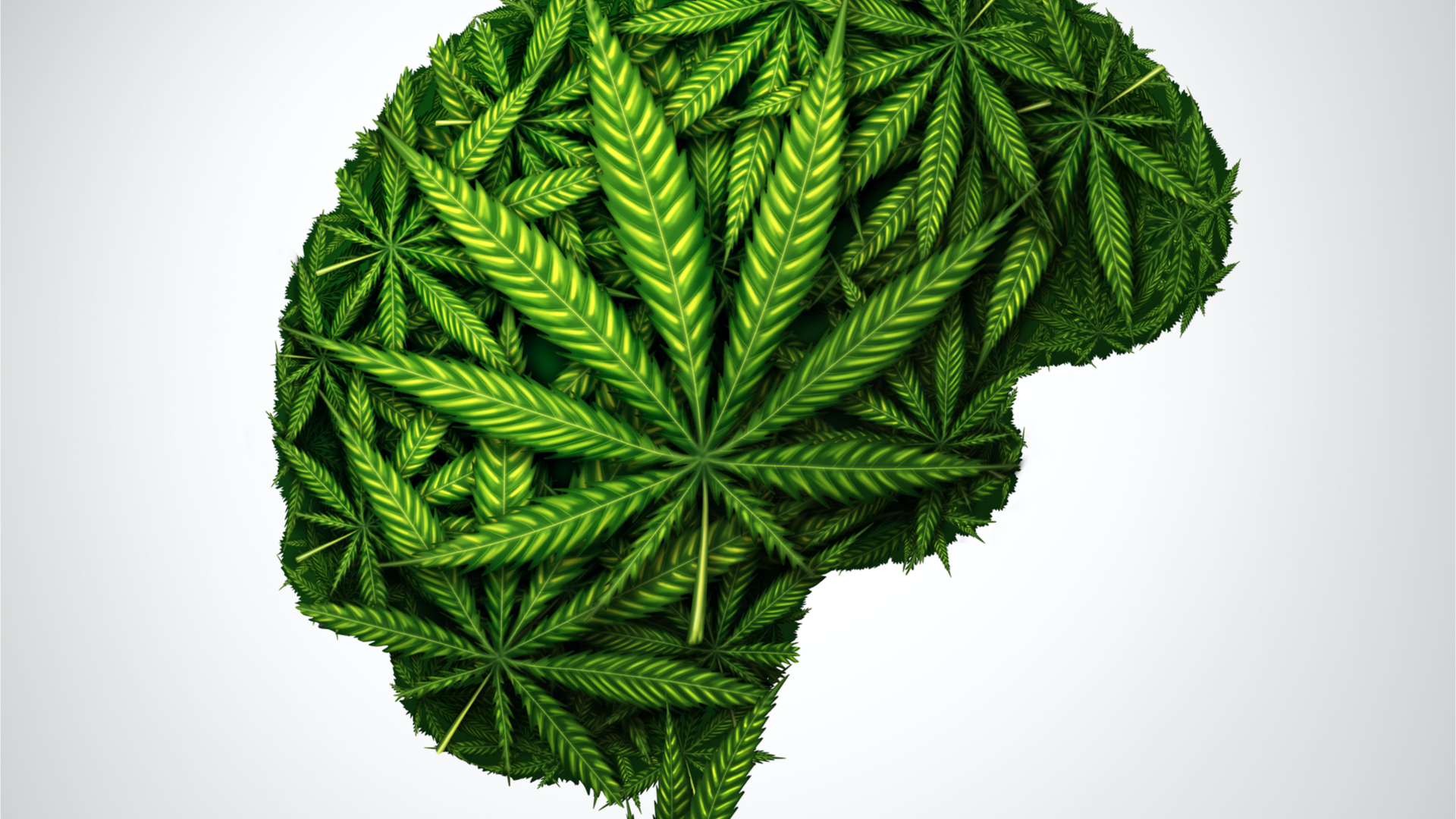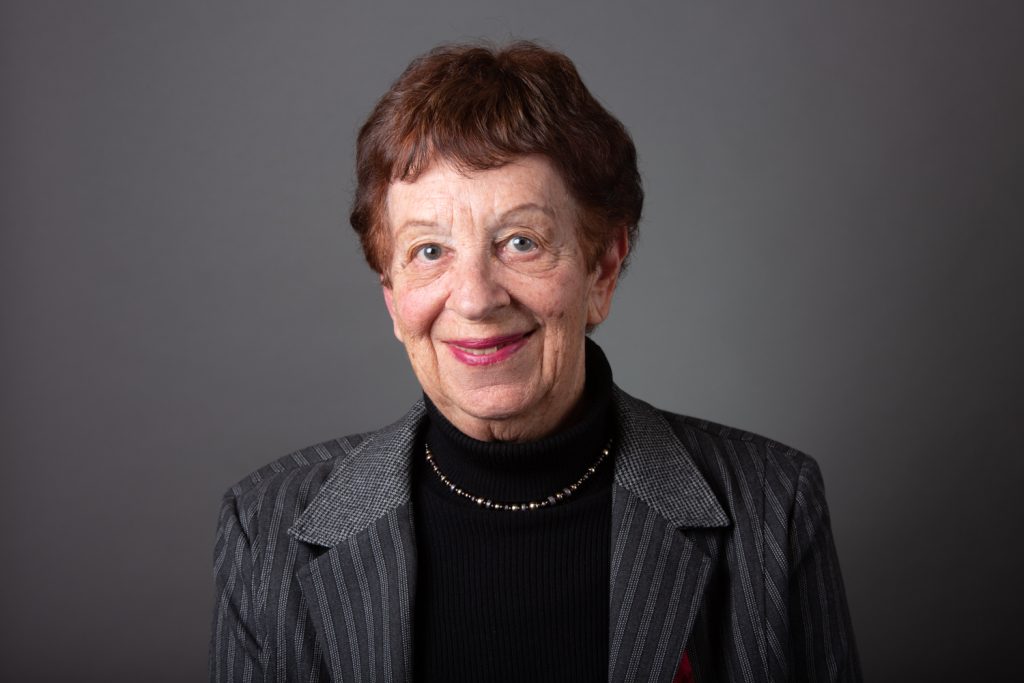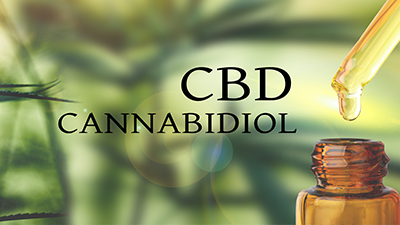
Professor Esther Shohami, PhD……….”Cannabinoids and Traumatic Brain Injury”
TheAnswerPage.com blog post by Professor Esther Shohami, PhD
Traumatic brain injury (TBI), resulting from sport, battlefield, falls, motor vehicle accidents and domestic violence injuries, affects millions of people worldwide each year and is a leading cause of death and disability among all age groups (1). TBI patients suffer from long-lasting persistent and serious deficits which include cognitive, motor and sensory dysfunction, anxiety, depression, post-traumatic stress disorder and an increased risk of developing neurodegenerative disorders, such as Alzheimer’s disease (AD) and Parkinson’s disease. Despite its being a major public health issue, there is no FDA-approved treatment for TBI.
Research developments on cannabinoids (CBs) have indicated the possibility to separate some of their proposed therapeutic effects from the undesirable psychoactivity. Moreover, CBs were found to activate specific CB1 receptors in the brain which are associated with “on demand” synthesis (2,3,4). Further studies have identified the endocannabinoid (eCB) system consisting of ligands, such as 2-arachidonoyl glycerol (2-AG; 5) and eCB-like ligands, such as arachidonoyl serine (AraS; 6). Taken together, these observations raised the question of whether CBs, either plant-derived or eCB, might exert neuroprotective properties in animal models of TBI. The information derived from these studies can then be translated into the clinic, which is in great need of novel therapeutics for TBI patients.

Our pioneering study in the field (7) revealed that, 4 hours after TBI, there is a tenfold increase in 2-AG in the injured hemisphere. To examine whether these high levels are toxic or beneficial, mice were treated with synthetic 2-AG one hour after injury. A greater recovery of the neurobehavioral function was observed, along with attenuation of the harmful consequences of the injury, namely, edema, infarct volume, blood-brain barrier permeability, neuronal cell loss, and neuroinflammation (8,9). Moreover, improved recovery of the neurobehavioral function was even noted up to 3 months after treatment of TBI mice with 2-AG. To further explore the role of the eCB system as a self-neuroprotective mechanism after TBI, the eCB-like molecule, AraS, was administered to TBI mice, resulting in reduced disability, smaller edema and infarct volumes and activation of pro-survival signaling (10-12). Palmitoyl serine is another endogenous neuroprotective eCB-like entity which was also shown to exert neuroprotective properties after TBI (13). A recent study showed that post-TBI inhibition of monoacylglycerol lipase (MAGL), the major degradation enzyme of 2-AG, which leads to the accumulation of 2-AG, is efficacious in attenuating TBI-induced neuronal dysfunction at site of injury (14). Collectively, these observations support the notion that the eCB is indeed a “self-protective” mechanism which is set in motion after TBI.
The CB2 receptor is expressed in low levels in the CNS, where it appears more in microglia rather than in neurons. Recently, synthetic agonists of this receptor were tested in a TBI mouse model and were found to result in improved motor and cognitive function, along with reduced pathologies such as edema, lesion volume, cell loss, inflammation and BBB disruption (15).
Cannabidiol (CBD), one of the major nonpsychoactive cannabinoids produced by Cannabis sativa, has a broad pharmacological profile, including anti-inflammatory and anti-oxidant properties. It was shown to exert neuroprotection in different brain pathologies and recently we investigated its effects on functional recovery, pathological outcomes and BBB integrity after TBI. The diverse pathology of TBI was found to be well addressed by the multi-target CBD in a mouse TBI model with a significant improvement of motor and cognitive functions, survival of tissue, protection of axons from degeneration, and preservation of BBB integrity (16).
Collectively, the results suggest CB2 agonists as well as CBD, which are devoid of psychoactivity, as very promising candidates for future TBI therapy.
References:
- Centers for Disease Control and Prevention, National Center for Injury Prevention and Control. Report to Congress on traumatic brain injury in the United States: Epidemiology and rehabilitationpdf icon. Atlanta (GA): Centers for Disease Control and Prevention; 2015.
- Matsuda, L.A., Lolait, S.J., Brownstein, M.J., Young, A.C., and Bonner, T.I. (1990). Structure of a cannabinoid receptor and functional expression of the cloned cDNA. Nature 346, 561–564.
- Piomelli D (2003) The molecular logic of endocannabinoid signalling. Nat Rev Neurosci 4:873–84
- Marsicano, G., Goodenough, S., Monory, K., Hermann, H., Eder, M., Cannich, A., Azad, S.C., Cascio, M.G., Gutie´rrez, S.O., van der Stelt, M., Lo´pez-Rodriguez, M.L., Casanova, E., Schu¨tz, G., Zieglga¨nsberger, W., Di Marzo, V., Behl, C., and Lutz, B. (2003). CB1 cannabinoid receptors and on-demand defense against excitotoxicity. Science 302, 84–88.
- Mechoulam R, Ben-Shabat S, Hanus L, Ligumsky M, Kaminski NE, Schatz AR et al. (1995). Identification of an endogenous 2-monoglyceride, present in canine gut, that binds to cannabinoid receptors. Biochem Pharmacol 50: 83–90.
- Milman G, Maor Y, Abu-Lafi S, Horowitz M, Gallily R, Batkai S et al. (2006). N-arachidonoyl L-serine, an endocannabinoid-like brain constituent with vasodilatory properties. Proc Natl Acad Sci U S A 103: 2428–2433.
- Panikashvili, D., Simeonidou, C., Ben-Shabat, S., Hanus, L., Breuer, A., Mechoulam, R., and Shohami, E. (2001) An endogenous cannabinoid (2-AG) is neuroprotective after brain injury. Nature 413, 527–31.
- Panikashvili D, Shein NA, Mechoulam R, Trembovler V, Kohen R, Alexandrovich A, et al. The endocannabinoid 2-AG protects the blood-brain barrier after closed head injury and inhibits mRNA expression of proinflammatory cytokines. Neurobiol Dis 2006;22:257–64.
- Panikashvili D, Mechoulam R, Beni SM, Alexandrovich A, Shohami E. CB1 cannabinoid receptors are involved in neuroprotection via NF-kappa B inhibition. J Cereb Blood Flow Metab 2005;25:477–84.
- Shohami E, Cohen-Yeshurun A, Magid L, Algali M, Mechoulam R. Endocannabinoids and traumatic brain injury. Br J Pharmacol 2011;163:1402–10. – 531.
- Cohen-Yeshurun A, Trembovler V, Alexandrovich A, Ryberg E, Greasley PJ, Mechoulam R, et al. N-Arachidonoyl-L-serine is neuroprotective after traumatic brain injury by reducing apoptosis. J Cereb Blood Flow Metab 2011;31:1768–77.
- Cohen-Yeshurun A, Willner D, Trembovler V, Alexandrovich A, Mechoulam R, Shohami E, et al. N-Arachidonoyl-L-serine (AraS) possesses proneurogenic properties in vitro and in vivo after traumatic brain injury. J Cereb Blood Flow Metab 2013;33: 1242–50.
- Mann A, Smoum R, Trembovler V, Alexandrovich A, Breuer A, Mechoulam R, et al. Palmitoyl serine: an endogenous neuroprotective endocannabinoid-like entity after traumatic brain injury. J Neuroimmune Pharmacol 2015;10:356–63.
- Elizabeth A Fucich, Zachary F Stielper, Heather L Cancienne, Scott Edwards, Nicholas W Gilpin, Patricia E Molina, Jason W Middleton. Endocannabinoid degradation inhibitors ameliorate neuronal and synaptic alterations following traumatic brain injury. J Neurophysiol 2020 123 :707-717
- Magid, L., Heymann, S., Elgali, M., Avram, L., Cohen, Y., Liraz-Zaltsman, S., Mechoulam, R., Shohami, E. The role fo CB2 receptor in the recovery of mice after traumaitc brain injury. J. Neurotrauma, 36:1836-1846, 2019.
- Liraz-Zaltsman S., Shemesh C., Sachsse R., Friedman- Levi , Last D., Sharabi S., Mardor Y., Mechoulam R., Shohami E. The Effects of Cannabidiol on the Recovery of Mice after Traumatic Brain Injury. Abs. presented at the ICRS meeting, Jerusalem, Israel, 2021


